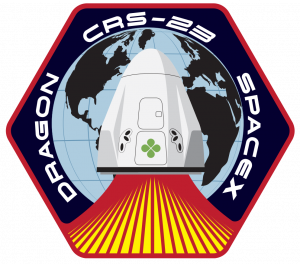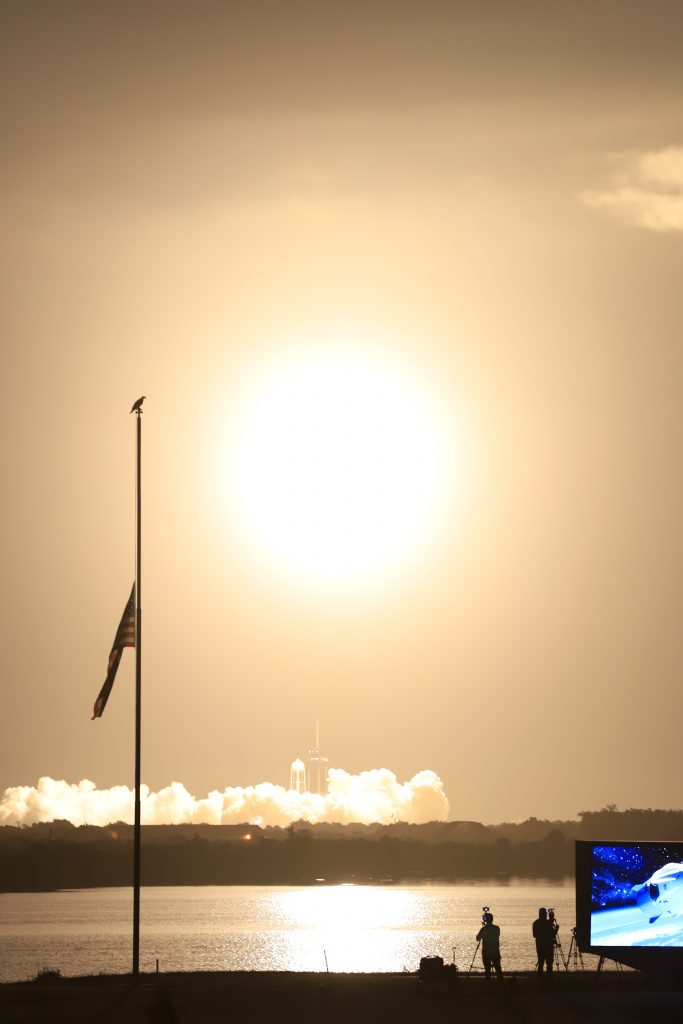
While the International Space Station was traveling about 260 miles over Western Australia, a SpaceX Dragon cargo spacecraft autonomously docked to the forward-facing port of the orbiting laboratory’s Harmony module at 10:30 a.m. EDT, Monday, Aug. 30. Flight Engineers Shane Kimbrough and Megan McArthur of NASA monitored operations.
Among the science experiments Dragon is delivering to the space station are:
Building bone with byproducts
REducing Arthritis Dependent Inflammation First Phase (READI FP) evaluates the effects of microgravity and space radiation on the growth of bone tissue and tests whether bioactive metabolites, which include substances such as antioxidants formed when food is broken down, might protect bones during spaceflight. The metabolites that will be tested come from plant extracts generated as waste products in wine production. Protecting the health of crew members from the effects of microgravity is crucial for the success of future long-duration space missions. This study could improve scientists’ understanding of the physical changes that cause bone loss and identify potential countermeasures. This insight also could contribute to prevention and treatment of bone loss on Earth, particularly in post-menopausal women.
Keeping an eye on eyes
Retinal Diagnostics tests whether a small, light-based device can capture images of the retinas of astronauts to document progression of vision problems known as Space-Associated Neuro-Ocular Syndrome (SANS). The device uses a commercially available lens approved for routine clinical use and is lightweight, mobile, and noninvasive. The videos and images will be downlinked to test and train models for detecting common signs of SANS in astronauts. The investigation is sponsored by ESA (European Space Agency) with the German Aerospace Center Institute of Space Medicine and European Astronaut Centre.
Robotic helpers
The Nanoracks-GITAI Robotic Arm will demonstrate the microgravity versatility and dexterity of a robot designed by GITAI Japan Inc. Results could support development of robotic labor to support crew activities and tasks, as well as inform servicing, assembly, and manufacturing tasks while in orbit. Robotic support could lower costs and improve crew safety by having robots take on tasks that could expose crew members to hazards. The technology also has applications in extreme and potentially dangerous environments on Earth, including disaster relief, deep-sea excavation, and servicing nuclear power plants. The experiment will be conducted inside the Nanoracks Bishop Airlock, the space station’s first commercial airlock.
Putting materials to the test
MISSE-15 NASA is one of a series of investigations on Alpha Space’s Materials ISS Experiment Flight Facility, which is testing how the space environment affects the performance and durability of specific materials and components. These tests provide insights that support development of better materials needed for space exploration. Testing materials in space has the potential to significantly speed up their development. Materials capable of standing up to space also have potential applications in harsh environments on Earth and for improved radiation protection, better solar cells, and more durable concrete.
Helping plants deal with stress
Plants grown under microgravity conditions typically display evidence of stress. Advanced Plant EXperiment-08 (APEX-08) examines the role of compounds known as polyamines in the response of the small, flowering plant thale cress to microgravity stress. Because expression of the genes involved in polyamine metabolism remain the same in space as on the ground, plants do not appear to use polyamines to respond to stress in microgravity. APEX-08 attempts to engineer a way for them to do so. Results could help identify key targets for genetic engineering of plants more suited to microgravity.
Easier drug delivery
The Faraday Research Facility is a multipurpose unit that uses the space station’s EXPRESS payload rack systems, which enable quick, simple integration of multiple payloads . On this first flight, the facility hosts a Houston Methodist Research Institute experiment and two STEM collaborations, including “Making Space for Girls” with the Girl Scouts of Citrus Council in Orlando, Florida.
The Faraday Nanofluidic Implant Communication Experiment (Faraday-NICE) tests an implantable, remote-controlled drug delivery system using sealed containers of saline solution as surrogate test subjects. The device could provide an alternative to bulky, cumbersome infusion pumps, a possible game changer for long-term management of chronic conditions on Earth. Remote-controlled drug delivery could simplify administration for people with limitations.
A partnership between Faraday and Girls Scouts allows troops to play a role in conducting the control experiments, including providing them with images of the same experiments that are happening in space. The studies involve plant growth, ant colonization, and the brine shrimp lifecycle.
These are just a few of the hundreds of investigations currently being conducted aboard the orbiting laboratory in the areas of biology and biotechnology, physical sciences, and Earth and space science. Advances in these areas will help keep astronauts healthy during long-duration space travel and demonstrate technologies for future human and robotic exploration beyond low-Earth orbit to the Moon and Mars through Artemis.
Keep up to date with the latest news from the crew living in space by following, @space_station and @ISS_Research on Twitter, and the ISS Facebook and ISS Instagram accounts.

 The spacecraft
The spacecraft 


